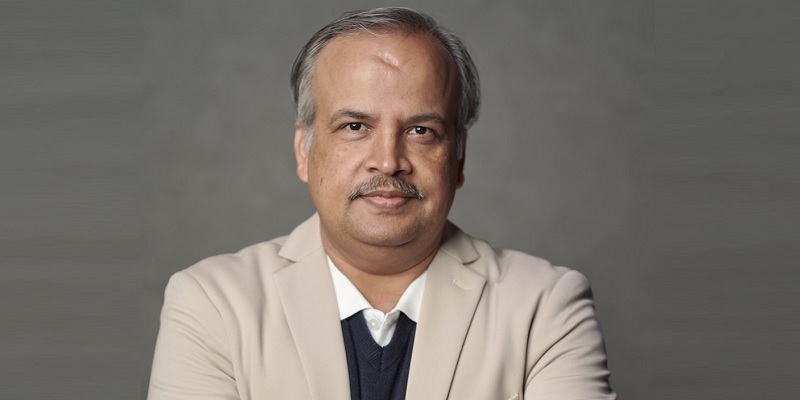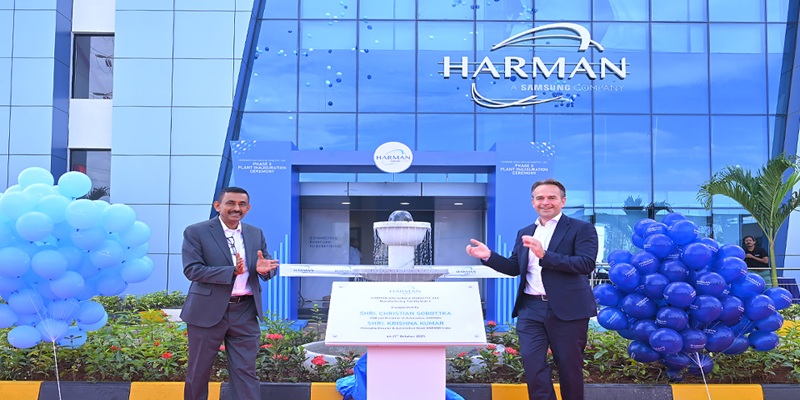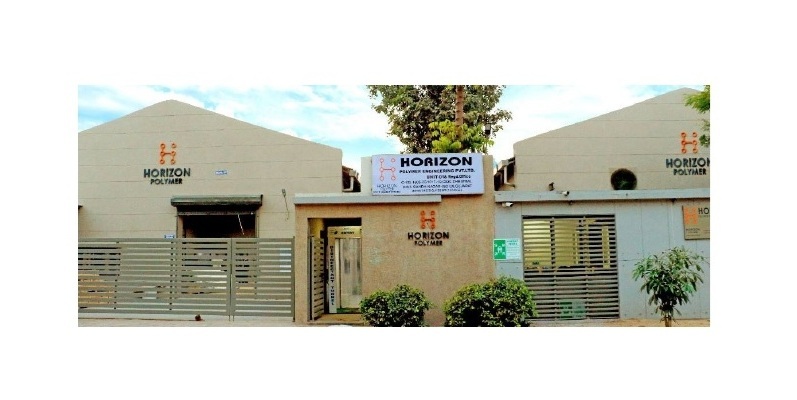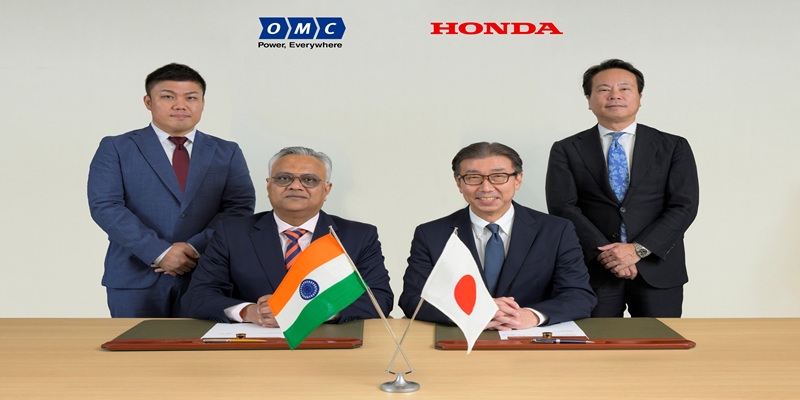Schedule a Call Back
Tata Motors aims to make EVs more accessible for customers
 Interviews
Interviews- Jul 17,24

Related Stories

HARMAN invests Rs 3.45 Bn to expand Pune plant for connected sustainable mobility
HARMAN invests Rs 3.45 billion to expand its Pune plant, boosting capacity by 50 per cent, creating 300 jobs, and advancing 5G telematics and sustainable manufacturing for global automotive markets.
Read more
India’s Top 100 Engineering Companies 2025 by Smart Manufacturing & Enterprises
FY25 unfolded against a challenging external setting. Despite the global headwinds, India posted real GDP growth of 6.5 per cent in FY2024–25. In this edition, Smart Manufacturing & Enterprises (S..
Read more
Varroc appoints Avinash Chintawar as Chief Operating Officer
Varroc appoints Avinash Chintawar as COO to enhance operational efficiency and align with long-term strategic goals, focusing on sustainable growth.
Read moreRelated Products

Automotive Oil Pump
Kalpak Auto Pvt Ltd offers a wide range of
automotive oil pump.
Tata Motors unveils facilities for development of Hydrogen propulsion tech
Tata Motors, India?s largest automobile company, unveiled two state-of-the-art & new-age R&D facilities for meeting its mission of offering sustainable mobility solutions. The unveilings constitute of Read more
Tata Motors plans petrol powertrain for Harrier and Safari SUVs
Tata Motors is in the process of developing a new petrol powertrain for its premium sports utility vehicles, the Harrier and Safari, as confirmed by a senior company official. Currently, these models Read more















